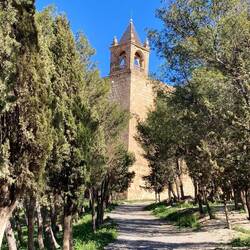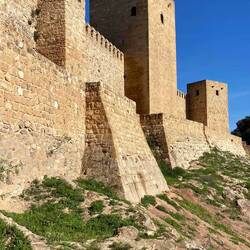Dolmens of Antequera
 March 2 in Spain ⋅ ⛅ 10 °C
March 2 in Spain ⋅ ⛅ 10 °C
The dolmens of Antequera are a group of three megalithic structures located near the town of Antequera in the province of Malaga, Spain. The dolmens, which date back to the Neolithic period, wereRead more


















































 Morocco
Morocco





























































































